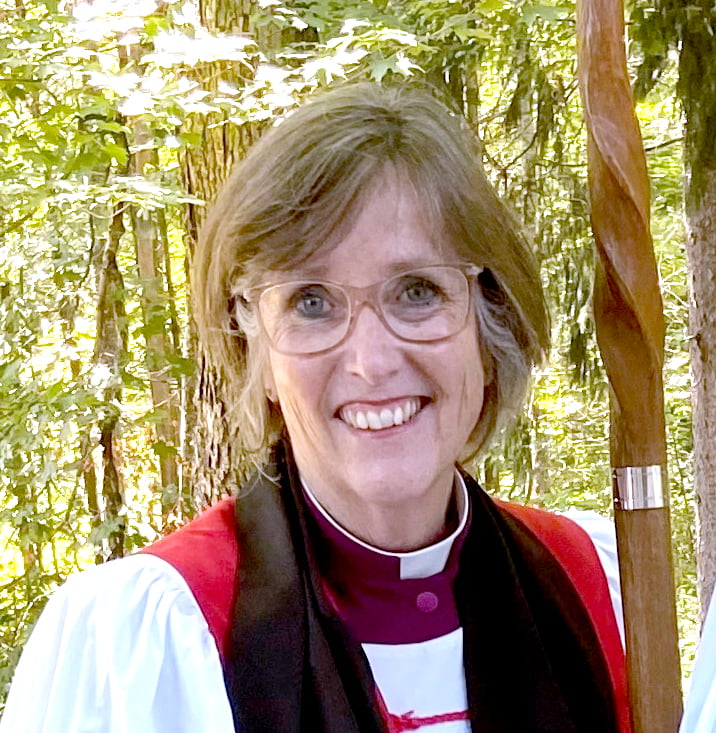Disruptions can be the bane of our existence. Sometimes they affect us momentarily and are a mere inconvenience; other times they are life-altering.
Five years ago the entire planet experienced the beginning of the COVID-19 pandemic, and the effects of this disease linger today. More recently, the devastating wildfires in California have impacted millions of lives, leaving communities wondering how they will ever recover. Our hearts break at the images of once proud lives reduced to dust and ashes by this natural disaster, as they do at images of the ruin of war.
I recall visiting a parishioner in the final stages of selling her house before moving into a nursing home. She was watching her final few possessions being carried off to the city dump. “Look at the final return on virtually every investment I have made in my life,” she exclaimed. “It’s all dust and ashes. And soon that will be me too.”
Lent begins with an ash smudge on our foreheads. “Remember that you are dust, and to dust you shall return.” The echo of the word “remember” lingers in the air as we return to our seats.
But what if we thought of Lent as a God-given time of disruption in the normal flow of our lives, inviting us to re-examine them, laying bare and shining the spotlight on all that is wrong—the pathological unease or “dis-ease” in our own lives and in our world? In the context of global warming, greed, violence abroad and at home, and of our inability to seek peace and be at peace with our neighbours, could the 21st century church this Lent be called to be a modern-day Joel, crying, “The day of the Lord is near”?
David knows what he needs as he prays:
“Create in me a clean heart, O God.” (Psalms 51:10
The ancient Hebrew people saw the heart as the very centre of humanity–the centre of the will and intellect. To pray for a clean heart was to pray to be recreated.
In her book, Failure, author Emma Ineson writes about the British TV show The Repair Shop, which features people bringing worn-out items to a shop to be fixed. The owner of the repair shop restores them, causing the owners to marvel, Ineson writes, “at how something so precious and yet broken could be made shiny and new again.”
I think this is the way God deals with our failures. God’s promise is not to leave us in our brokenness but to help put things right.
We are a failing people, but even in our failure and brokenness there is the reminder that the dust from which we came is from God, holy dust. Our dust was moulded by the very hands of God, and God’s Spirit breathed life into it. The ashes on our forehead are placed in the form of a cross connecting Good Friday and Easter morning. We hold onto the promise that, as we have risen from dust to this mortal life, so, with Christ, we will rise from the dust of death to eternal life. Yes, to dust we shall return, but with Christ.
One of the most poignant images from the recent Californian wildfires is of the Halpin family, who lost their home to the blaze, singing a song of resurrection at the smoldering remains of it, surrounded by family and friends. I’ll close this message with its words:
Queen of Heaven, rejoice, Alleluia.
Because he whom thou didst merit to bear, Alleluia
Has risen as he said, Alleluia.
Pray to God for us, Alleluia.
Wishing you all a holy, disruptive Lent.





